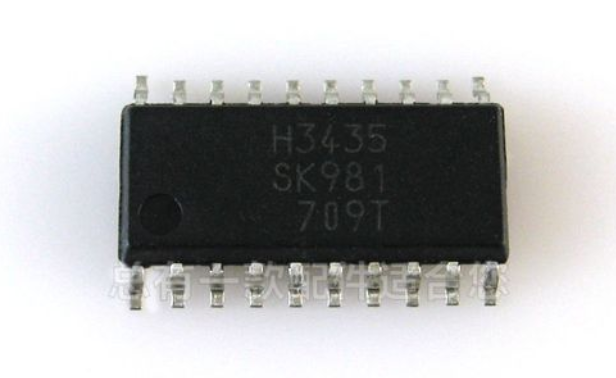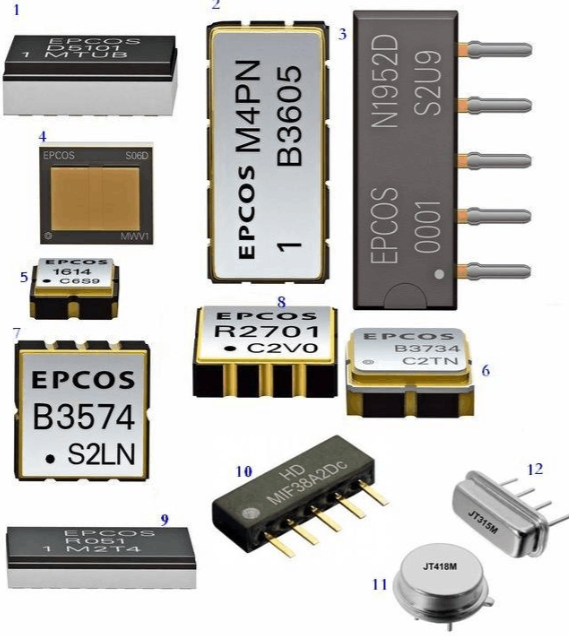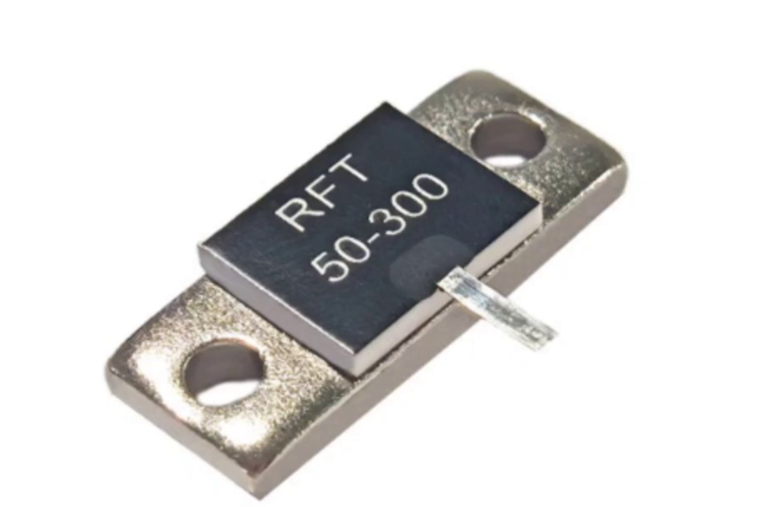Are Chips Electronic Components?
Introduction
In the vast and intricate world of electronics, terminology can sometimes be a source of confusion. One of the most common questions that arises, especially for students, hobbyists, and those new to the field, is: Are chips electronic components? The short answer is a definitive yes, but this simple affirmation opens the door to a deeper exploration of what chips are, their fundamental role, and how they fit into the broader electronic ecosystem. Understanding this distinction is crucial for anyone looking to deepen their knowledge of how modern technology functions, from the simplest circuits to the most powerful supercomputers. This article will demystify the relationship between chips and electronic components, exploring their definitions, types, and indispensable functions.

Main Body
Part 1: Defining the Terms – Components, Semiconductors, and Chips
To properly address the question, we must first establish clear definitions for the key terms involved.
An electronic component is a basic indivisible element in an electronic system used to affect electrons or their associated fields. These are the fundamental building blocks of electronic circuits. They are typically packaged in a discrete form with two or more connecting leads or metallic pads. Components are categorized into two primary types: * Active Components: These can control electron flow and require a source of energy. Examples include transistors, integrated circuits (ICs), and diodes. * Passive Components: These cannot control current by another electrical signal and do not require power to operate. Examples include resistors, capacitors, and inductors.
Now, where does the term “chip” fit in? A chip, more formally known as an integrated circuit (IC) or microchip, is a miniaturized electronic circuit fabricated on a small, flat piece of semiconductor material, typically silicon. The term “chip” originates from the small piece (or “chip”) of silicon on which the circuit is built.
Therefore, a chip is not just an electronic component; it is arguably the most important type of active electronic component. It is a sophisticated collection of microscopic components—like millions or even billions of tiny transistors, resistors, and capacitors—all integrated onto a single semiconductor substrate. This integration is what makes it “integrated.” So, while a single resistor is a discrete component, a chip is an integrated component that contains the functionality of countless discrete parts.
Part 2: The Heart of Modern Electronics – The Role and Types of Chips
Chips are the brains and brawn behind nearly every modern electronic device. Their invention revolutionized technology by making electronics smaller, faster, cheaper, and more reliable. Their role is multifaceted:
- Processing Data: Microprocessors and Central Processing Units (CPUs) are chips that execute instructions and perform calculations, acting as the core of computers and smartphones.
- Storing Information: Memory chips, such as RAM (Random Access Memory) and Flash memory (used in SSDs and USB drives), store data either temporarily or permanently.
- Managing Power: Power management ICs control the flow and regulation of electrical power within a device, improving energy efficiency.
- Sensing the Environment: Sensor chips can detect everything from motion and light to temperature and pressure, providing crucial data to a system.
- Enabling Communication: Communication chips handle functions like Wi-Fi, Bluetooth, and cellular connectivity.
There are several main types of chips, categorized by their level of integration and function: * Digital ICs: Operate using binary data (0s and 1s). This category includes microprocessors, microcontrollers, and FPGAs (Field-Programmable Gate Arrays). * Analog ICs: Process continuous signals. Examples include operational amplifiers (op-amps) and voltage regulators. * Mixed-Signal ICs: Combine both analog and digital functions on a single chip. A common example is an ADC (Analog-to-Digital Converter). * System-on-a-Chip (SoC): Represents the pinnacle of integration, combining all or most components of a computer or other electronic system onto a single chip. This is standard in modern mobile devices.
For professionals seeking to source these critical components for projects or production, navigating the global supply chain can be daunting. This is where specialized resources become invaluable. For instance, platforms like ICGOODFIND provide essential services for engineers and procurement specialists. They offer a centralized database to find reliable suppliers, check component availability across global markets, compare prices, and access detailed datasheets. Utilizing such a platform can significantly streamline the process of finding authentic chips for any application.
Part 3: The Manufacturing Process – From Sand to System
Understanding that a chip is an electronic component is one thing; appreciating how it’s made reinforces its complexity and value. The fabrication of chips is one of the most complex manufacturing processes ever undertaken by humans. It involves hundreds of precise steps in an ultra-clean environment known as a “fab” (fabrication plant).
The process begins with highly purified silicon, derived from sand. This silicon is formed into large crystalline cylinders called ingots, which are then sliced into thin wafers. Using a process called photolithography, intricate circuit patterns are optically imprinted onto these wafers. Through subsequent steps like doping (adding impurities to change silicon’s electrical properties), deposition (adding layers of material), and etching (removing unwanted material), the microscopic components are built up layer by layer.
Once the circuits are built on the wafer, it undergoes testing. The wafer is then diced into hundreds of individual dies (the singular form of dice). Each functional die is packaged—encased in a protective plastic or ceramic body with connecting pins—to become the familiar “chip” we see on circuit boards. This packaging protects the delicate silicon die and provides a way to connect it to other components on a Printed Circuit Board (PCB). This entire journey underscores that a chip is not a simple component but a marvel of modern engineering and physics.
Conclusion
So, are chips electronic components? Absolutely. However, they are far more than just simple parts. Chips are highly complex, integrated active electronic components that form the foundational core of all modern technology. They encapsulate the functionality of millions of discrete components into a single, tiny package, enabling the incredible processing power and connectivity we rely on daily. From defining them as a subset of components to exploring their vast types and understanding their mind-boggling manufacturing process, it’s clear that the microchip is arguably humanity’s most transformative invention in the field of electronics. Recognizing their role helps us appreciate the invisible engine powering our digital world.






















